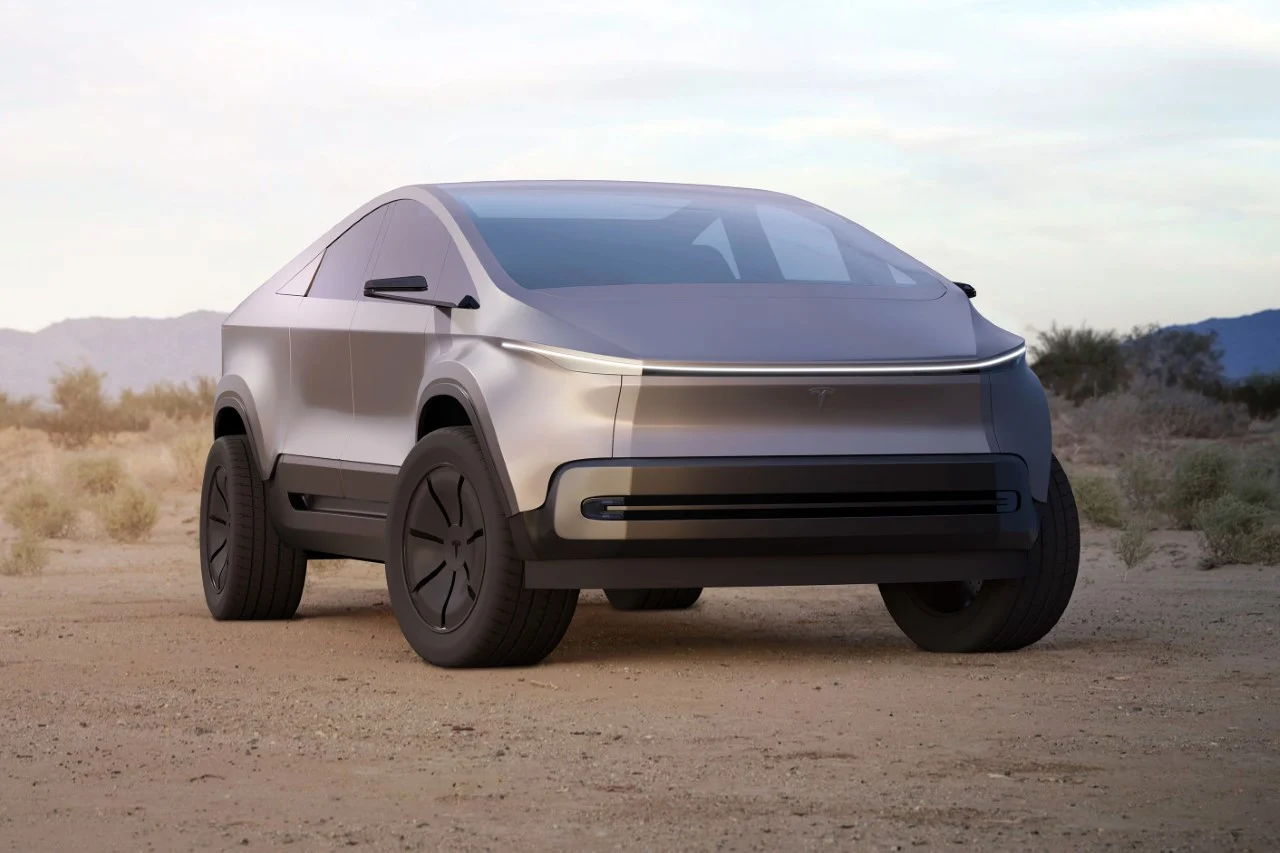The future of fully autonomous mobility (level 5) will focus on creating a relaxing and enjoyable experience during travel. The Mercedes Benz Vision iMobility concept draws inspiration from the protective shell of turtles, emphasizing efficiency and resilience in its sleek design. The combination of style and functionality in its form factor acts as a bridge between advanced automotive technology and the natural beauty of the environment.

The designer envisions this vehicle becoming common in the 2050 automotive landscape. In this future, cars will communicate with traffic systems and other vehicles, enhancing safety and optimizing routes. This era prioritizes innovation through autonomy, connectivity, and sustainability. According to Richard, the Vision iMobility is not just a way to reach a destination; it’s a flexible and adaptive space tailored to individual needs.


The nature-inspired elements continue with headlights resembling a dwarf arrowhead flower. The vehicle’s front-open design facilitates easy entry into the cozy interior, and its compact shape provides flexibility in tight urban spaces. Running out of power is not a concern, as the electric vehicle can be wirelessly charged by parking on available charging junctions.


With complete autonomy, traditional driving components like a steering wheel, brakes, or accelerator are unnecessary. The interior becomes a personalized oasis for relaxation, gaming in VR, or exploring metaverse worlds. Despite its small size, there’s tactically designed space for comfortable sleeping. The flexible interior can be arranged for various scenarios, making the Mercedes Benz Vision iMobility an extension of personal space for self-expression and rider fulfillment.


Richard conceived this compact autonomous vehicle with the East Asian workforce in mind, considering their challenging work cultures, long hours, and intense competition. I think this electric vehicle could serve as an ideal personal transportation option for individuals in any urban setting.
























